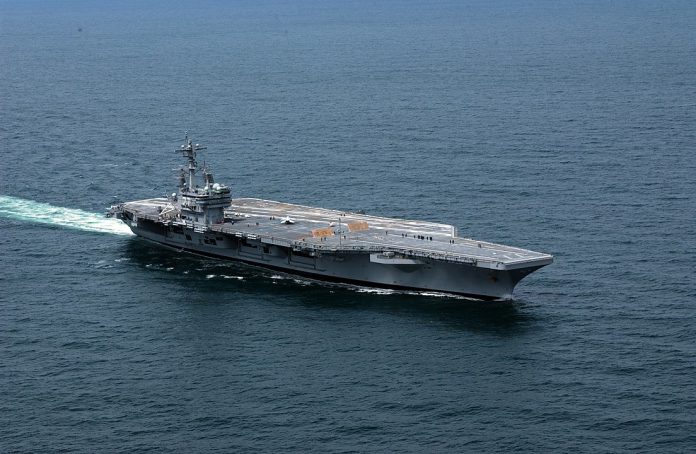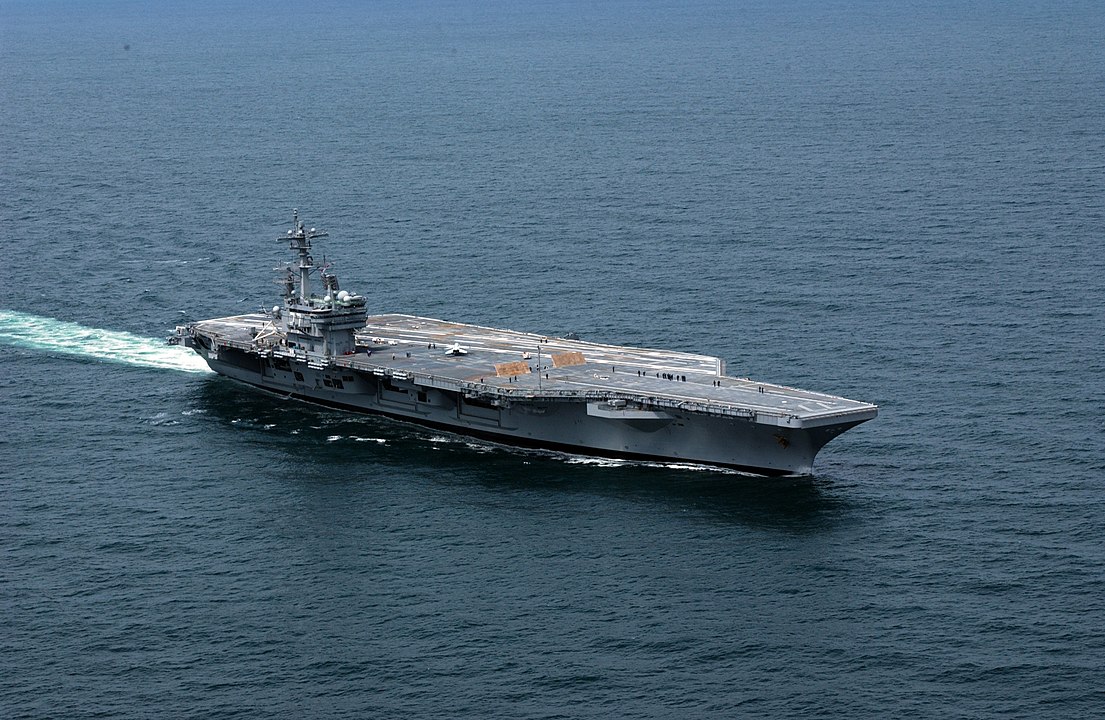
The USS George H.W. Bush (CVN-77), the final Nimitz-class aircraft carrier, and the USS Gerald R. Ford, the first of its class, represent the pinnacle of American naval power, mirroring the evolution and ambition of the U.S. Navy’s century-long advancement in carrier aviation.
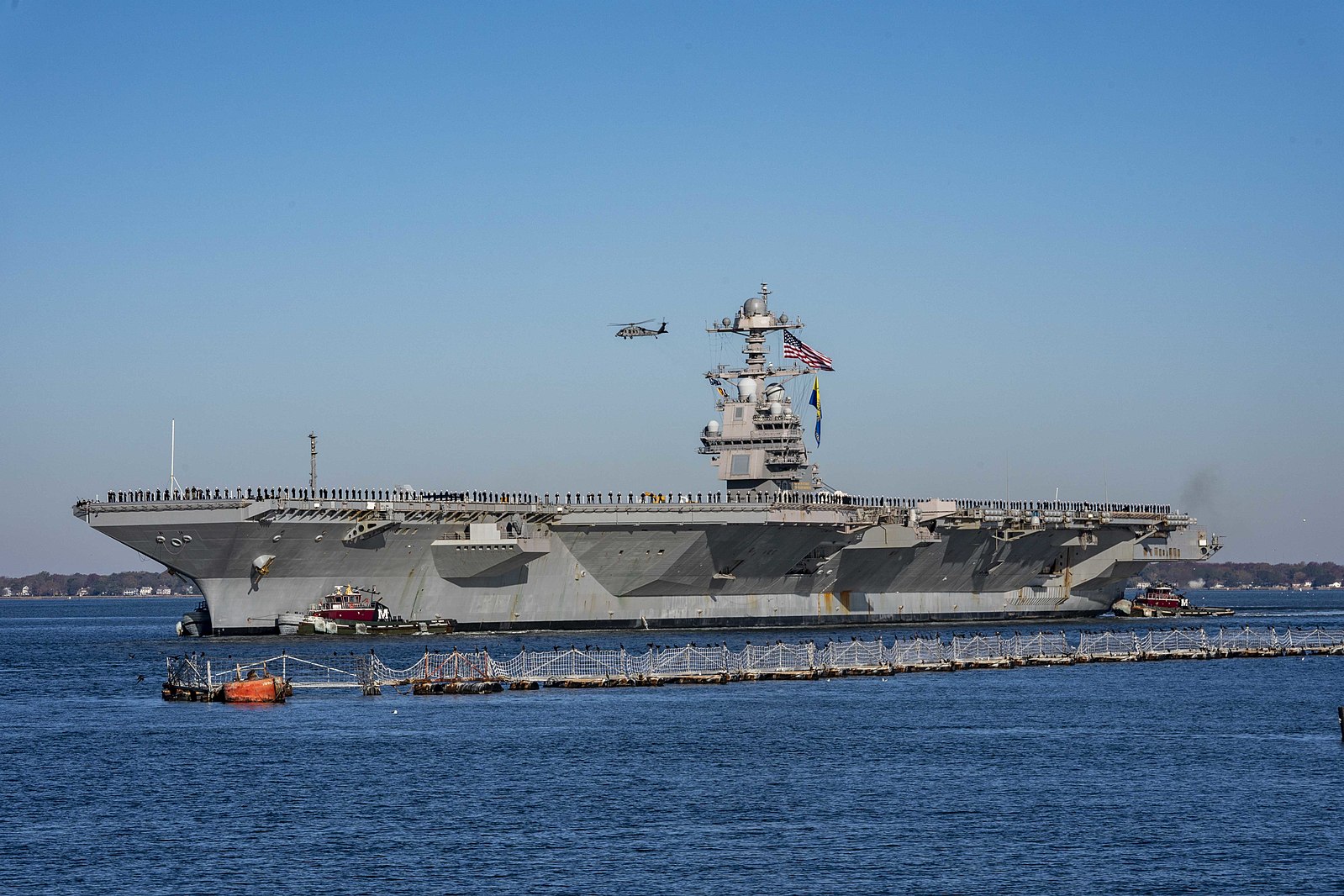
From the commissioning of the USS Langley in 1922 to the development of the formidable Ford-class carriers, the U.S. Navy’s journey is a narrative of technological innovation and strategic foresight.
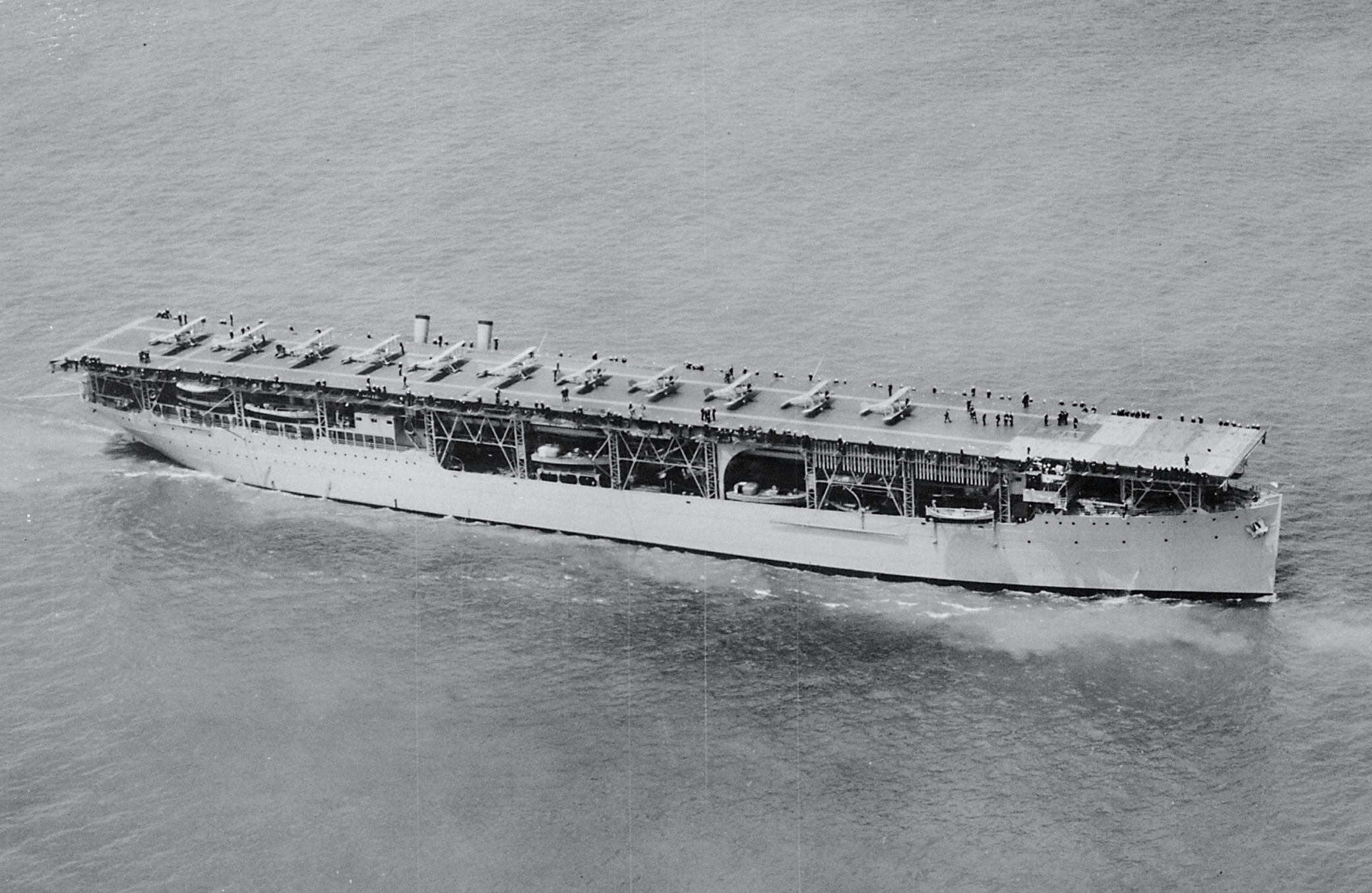
In March 1922, the U.S. Navy embarked on an experimental endeavor with the commissioning of its first aircraft carrier, the USS Langley.
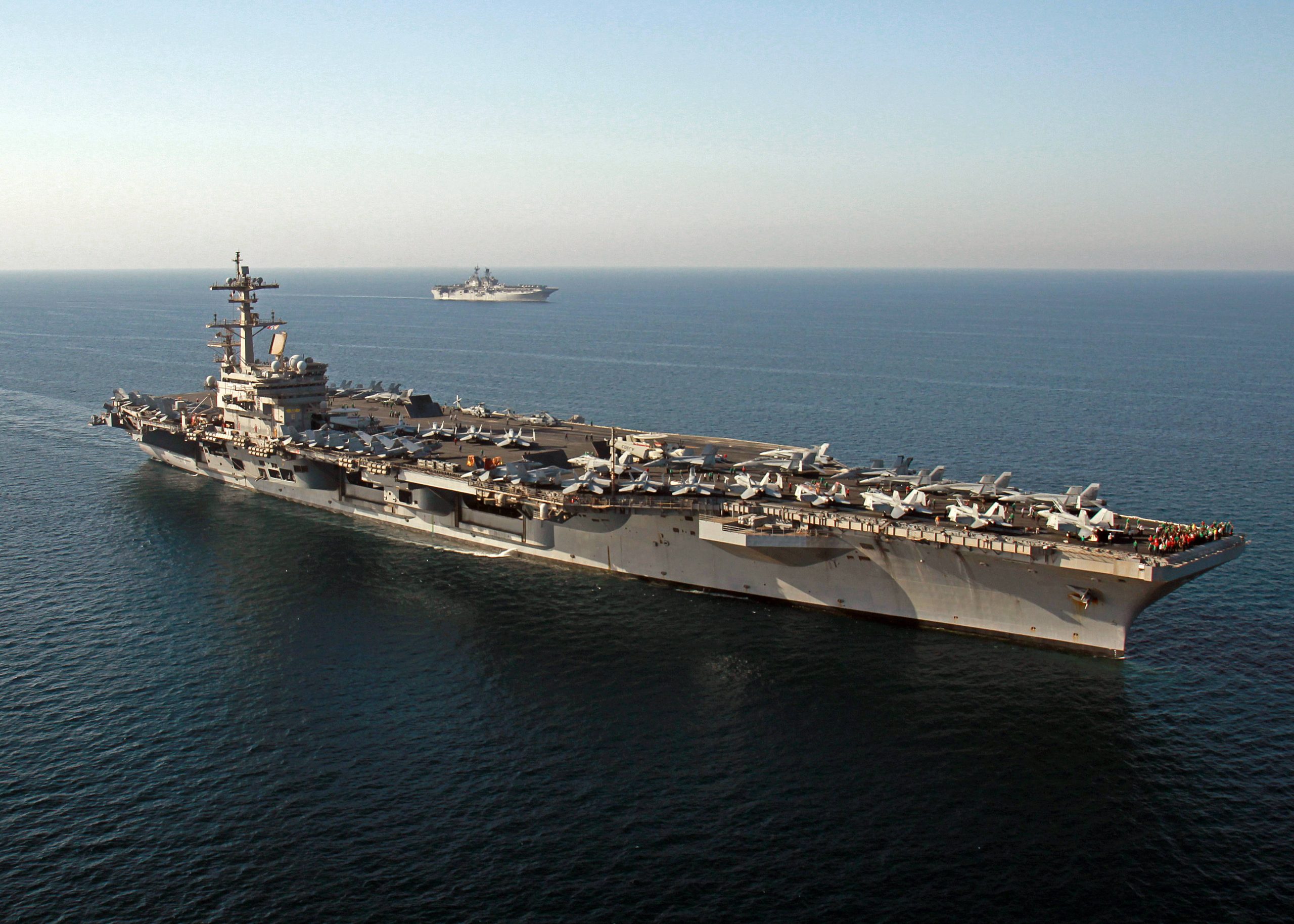
ARABIAN GULF (Oct. 01, 2014) The amphibious assault ship USS Makin Island (LHD 8) pulls alongside the aircraft carrier USS George H.W. Bush (CVN 77) for a vertical replenishment (VERTREP). George H.W. Bush is supporting maritime security operations, strike operations in Iraq and Syria as directed, and theater security cooperation efforts in the U.S. 5th Fleet area of responsibility. (U.S. Navy photo by Lieutenant Juan D. Guerra/Released)
Nearly a century later, the USS George H.W. Bush celebrates this landmark while exemplifying modern naval prowess.

This carrier is a veritable floating city, housing up to 6,000 sailors and marines and featuring a distinct radar tower positioning for improved stealth capabilities.
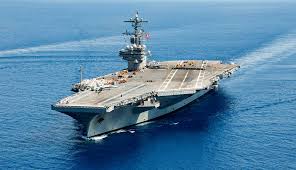
It boasts an impressive air wing, with a capacity to host 56 aircraft, including advanced F/A-18 Super Hornets and E-2C Hawkeyes, capable of launching a plane every 20 seconds, thanks to its four steam catapults and advanced arresting gear systems.
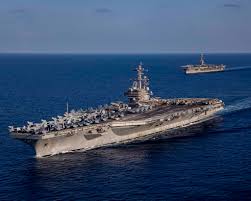
Vice Admiral Kenneth Whitesell, in a tribute to this carrier’s capabilities, said, “The impressive nature of how we have evolved over the 100 years now turns us into a formidable war platform.”
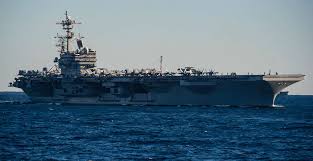
The USS George H.W. Bush, reflecting its eponymous president’s WWII service, aptly bears the callsign “Avenger.”
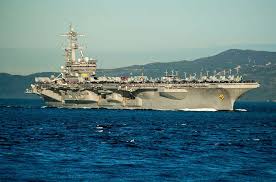
Commissioned in 2009, it’s a symbol of a rich history, ready to serve into the 2050s despite a 30-month period of extensive maintenance that reflects the Navy’s commitment to modernization and readiness.While the Nimitz-class has been the backbone of the U.S. naval power for decades, the introduction of the USS Gerald R. Ford heralds a new era.

This ship, commissioned in 2017, is the most advanced aircraft carrier ever built, featuring state-of-the-art technologies like electromagnetic launch systems and an Advanced Arresting Gear, pushing the sortie rate beyond that of the Nimitz-class.
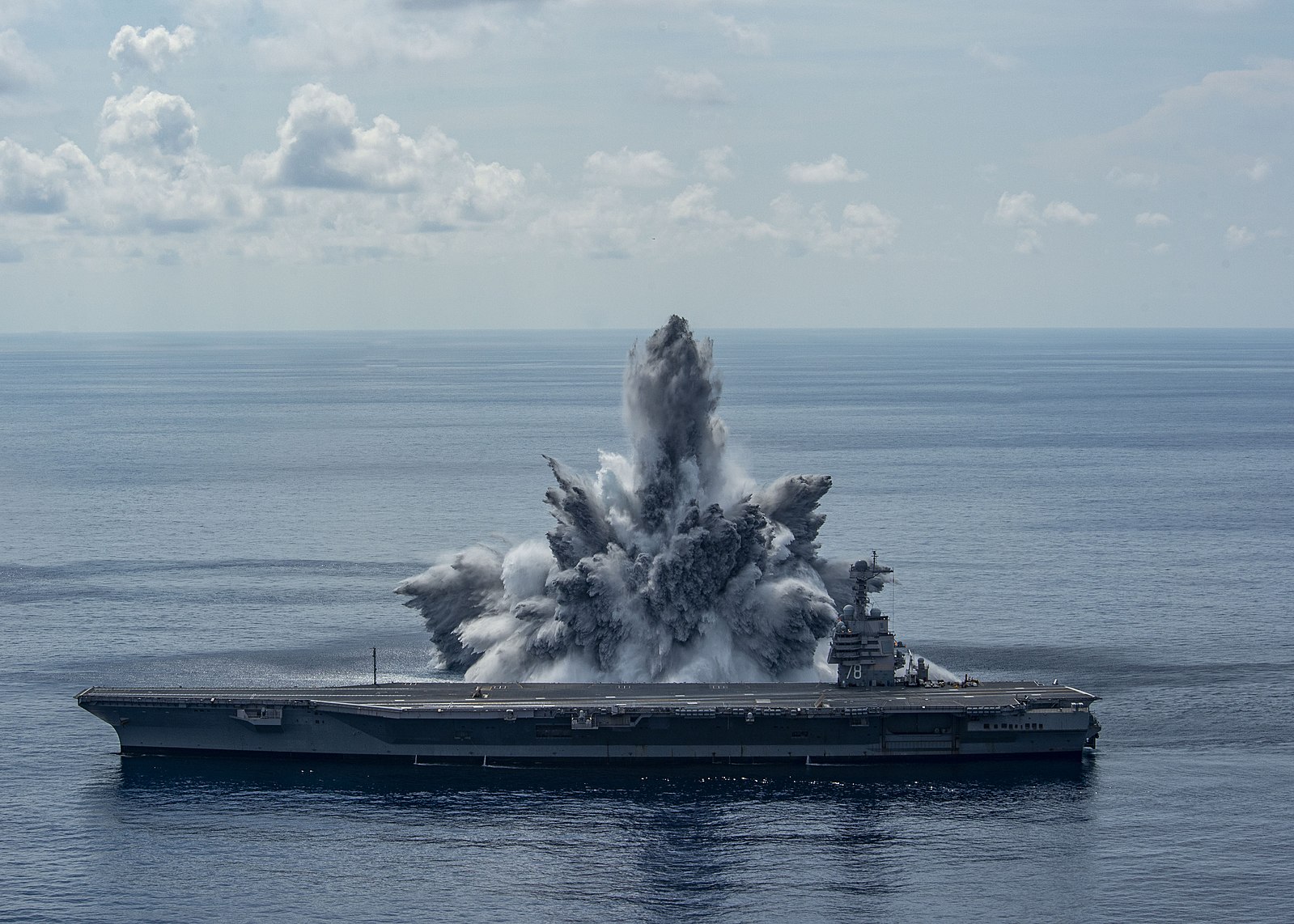
The Ford-class carriers are designed to accommodate future airframes, such as the F-35 Lightning II and unmanned vehicles, adapting to the evolving demands of naval warfare.
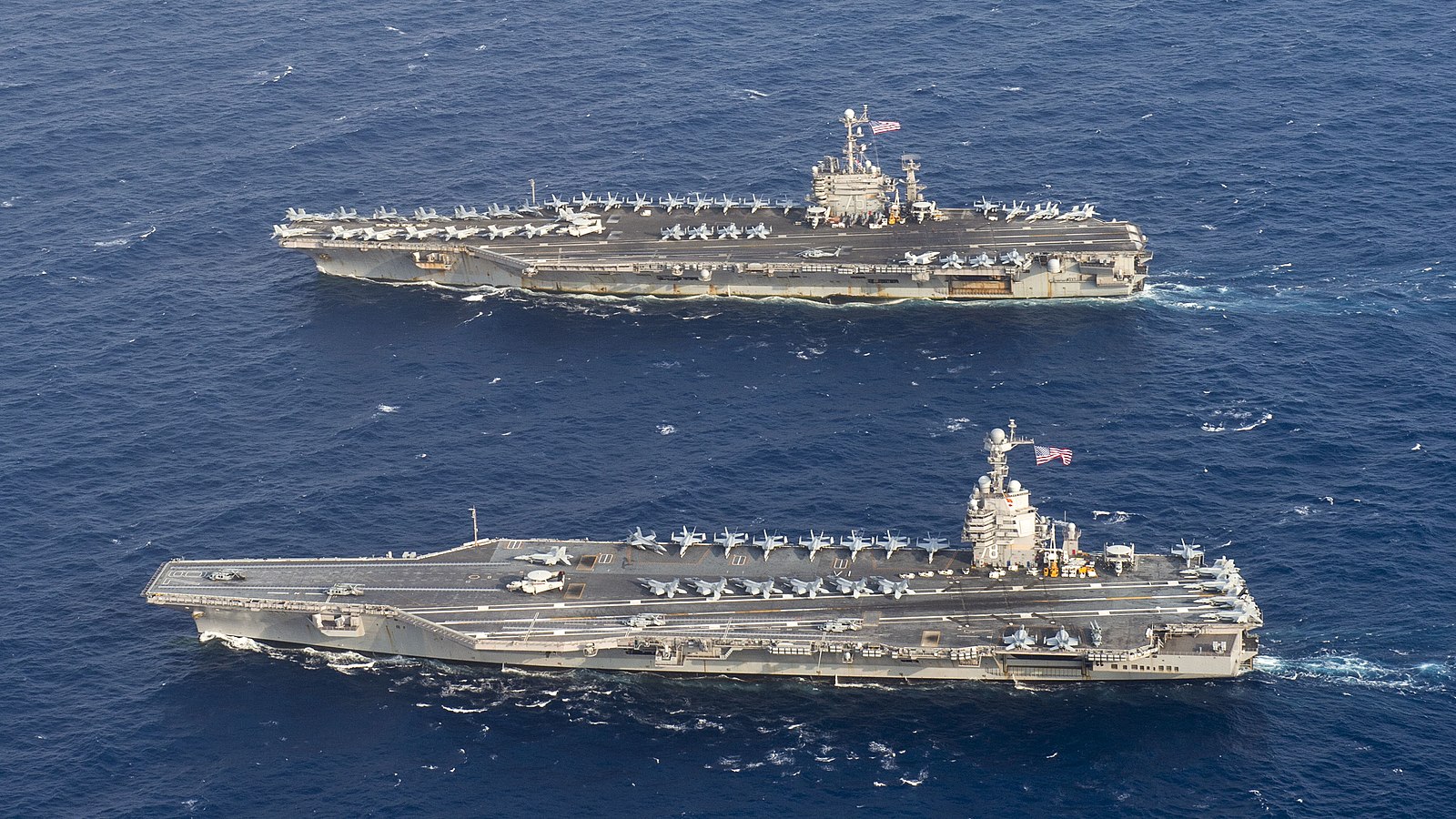
With a staggering 90 airframes, including a mix of cutting-edge fighter jets and electronic attack aircraft, the USS Gerald R. Ford represents the Navy’s forward-thinking strategy to maintain maritime superiority in an increasingly competitive global landscape.

The transition from the Nimitz to the Ford-class carriers is not without its challenges. The Ford-class comes with a hefty price tag and a longer construction period.
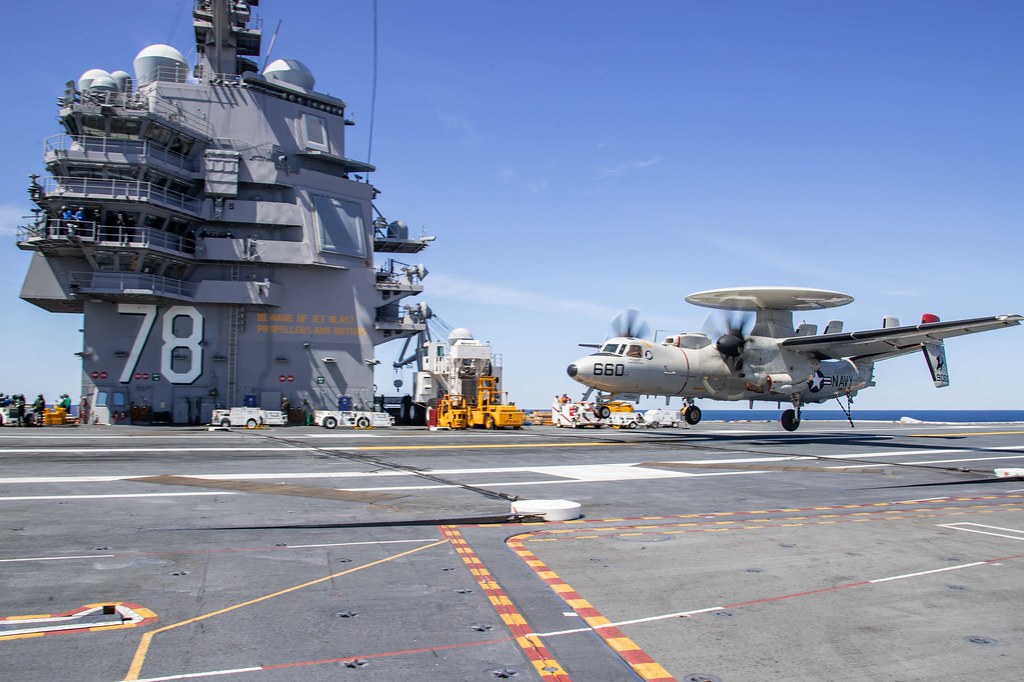
As such, the longevity and proven capabilities of the Nimitz-class carriers remain essential for the U.S. Navy’s immediate strategic needs.

The USS Nimitz itself has had its service life extended for another deployment cycle, with others expected to follow, awaiting the full implementation of the Ford-class.
Relevant articles:
– George HW Bush: The U.S. Navy’s Best Nimitz-Class Aircraft Carrier Ever, The National Interest
– USS Gerald R. Ford: The U.S. Navy’s Biggest and Best Aircraft Carrier, nationalinterest.org
– The U.S. Navy’s Nimitz-Class Aircraft Carrier Is the Best Ever, The National Interest
